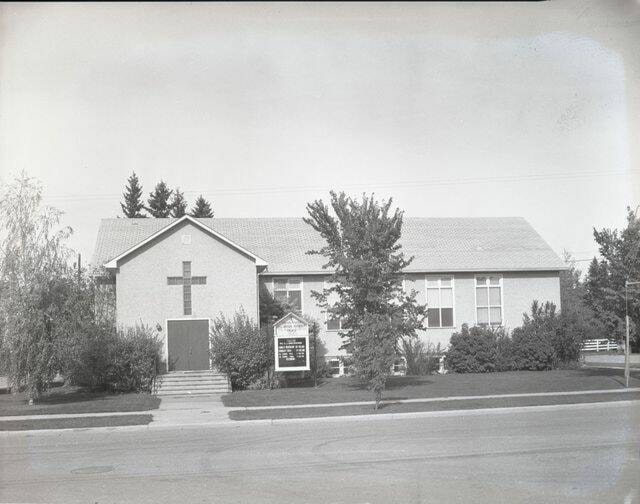Red Deer County recently considered an application to have a Coptic Orthodox monastery and retreat centre constructed a short distance east of the City of Red Deer. To be named St. George and St. Paul the Anchorite Monastery, it will be the first such Coptic complex to be built in Western Canada.
The Coptic Church is firmly based in the teachings of Jesus Christ. It traces its origins to the work of one of the leading apostles, St. Mark. He brought Christianity to Egypt, not long after the death and resurrection of Jesus. St. Mark is the author of one of the four Gospels in the Bible. He was also spreading the Gospel in Egypt during the reign of the infamous Roman Emperor Nero.
The Nicene Creed, one of the basic proclamations of faith of the Christian Church, is generally credited to St. Anthansius, the twentieth Coptic pope. St. Anthony The Great, often considered the founder of monasticism, was a Copt from Upper Egypt.
Tragically, from its founding and onward, this ancient church has suffered tremendous discrimination and extreme violence because of the fact that the Copts are Christians. St. Mark himself was martyred by Romans soldiers in Alexandria on Easter Monday, May 8, 68 A.D. The situation has become very acute again recently, with the turmoil in Egypt and the wars in places such as Syria and Iraq.
In contrast to the two-millennium long history of the Coptic Orthodox Church, the history of the Coptic Church in Red Deer is quite recent. The first formal Coptic services in Red Deer commenced almost 20 years ago in 2004. St. Vladimir Ukrainian Catholic Church, on 40 Avenue, was rented for the services. Clerical support was provided by Coptic priests from such places as Edmonton, Calgary and Vancouver.
The Coptic Church began having regular Christmas and Easter Services in Red Deer in 2005. A priest came out from Egypt to provide those early special masses. Before the end of the decade, a Sunday school and regular adult spiritual services were started.
As the congregation continued to form roots in the community, consideration was given to constructing or acquiring a church building. However, land and buildings are expensive in Red Deer. The congregation still only had fewer than 20 families belonging to it.
In 2011, the Coptic congregation had an opportunity to buy the church building on 39 Street from the Trinity Christian Fellowship. The purchase was challenging, given the size and resources of the Coptic congregation. However, with the generous support of the congregation, the Trinity Fellowship and an energetic local bank manager (now mayor of Red Deer) Ken Johnston, the deal was completed.
The new church was named St. Mary and St. George. St. Mary is an important part of the Coptic tradition, particularly since St. Mary and St. Joseph were able to find refuge in Egypt, not long after their son Jesus was born. St. George, often known as the Prince of the Martyrs, is the patron saint for many Egyptian Coptic Christians. He is therefore considered a very fitting patron of the church in Red Deer and proposed monastery.
While still quite small in size, St. Mary and St. George is a vibrant congregation. There are weekly Holy Liturgies, a Sunday school, adult spiritual meetings, Coptic hymns classes, sports clubs and a number of other community and religious activities and projects.
A measure of the success of the Coptic church in Red Deer is also clearly demonstrated by the fact that His Holiness, Pope Tawadros II, the Coptic pope, made a special effort to visit and meet the congregation and their friends in Red Deer in September 2014.
The proposed monastery will be built in three stages, with the first being a seven person dormitory and private chapel for up to 50 people. There will also be a dormitory for temporary stays of up to a week for 10 to 30 people, depending upon the season. The second stage will be the addition of residential quarters for three more people, while the third stage will involve an expansion of the church on the site.
Michael Dawe is a Red Deer historian and his column appears on Wednesdays.
